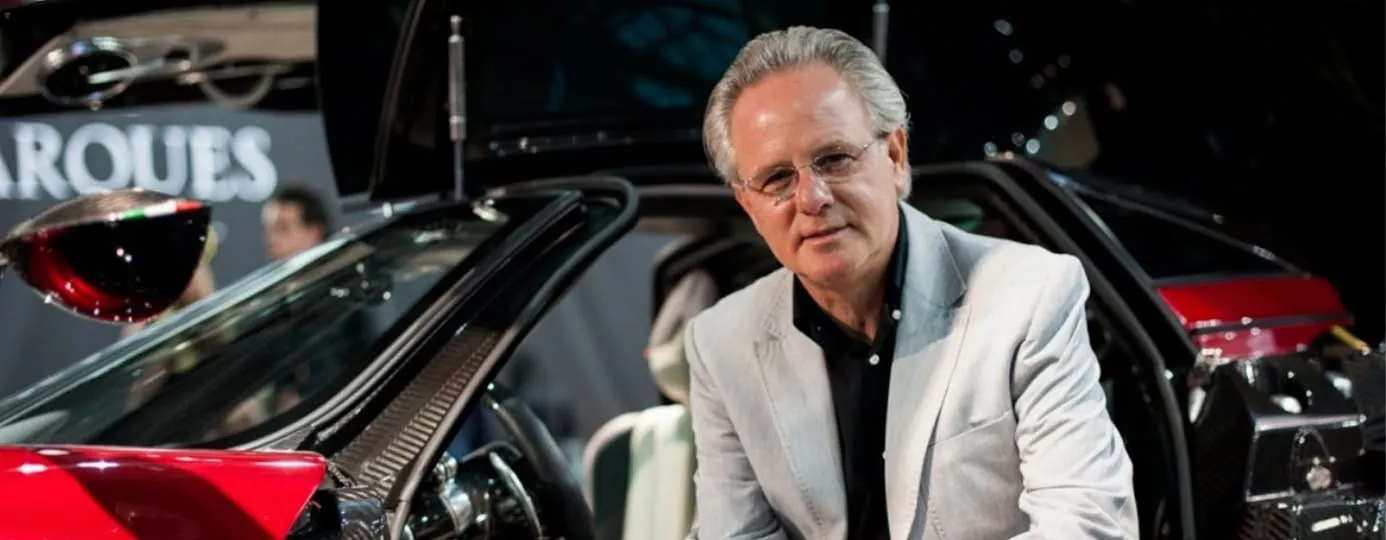

Horacio Pagani meticulously crafts some of the world’s most sophisticated, fastest, and most expensive sports cars—producing them in extremely limited numbers with an unparalleled level of precision. His workshop is strategically located in Modena, the sacred ground of Ferrari, Lamborghini, and other legendary marques, and that is no coincidence.
Born in Argentina in 1955 to bakers of distant Italian descent, Pagani’s path was far from predetermined. Yet, through passion, outstanding studies, an uncompromising pursuit of excellence, and a relentless spirit of innovation, he carved out an extraordinary destiny.
The safety of your exceptional car is one of the foundations of Carsup. Our concierge services have been designed to offer a very high level of protection. Multiple cameras, controlled accesses, name badges, secure gates, and the regular presence of our Area Managers: these are all elements that guarantee total peace of mind when your car is stored. But because the trust you place in us does not exclude more control, we are now deploying a complementary security system: Guardian Tracker.
Does destiny exist? A vast, almost philosophical question that engineers and Maserati enthusiasts would unhesitatingly answer in the affirmative. Founded in 1914 in Bologna by the Maserati family, the brand went from a simple mechanical workshop working on Isotta-Fraschini to a real competition department in a few years. In 1926, the Type 26 was born, the first homemade creation and the first to feature the Trident inspired by the Neptune Fountain in Bologna.
There is always that little hesitation when preparing for a trip. The desire to take your exceptional car, to enjoy every kilometer, to make the road an integral part of the experience... and, at the same time, the constraints. The logistics, the risks, the uncertainty of arriving serene. Too often, we give up, leaving our car where it is, sheltered but immobile. This is exactly where Carsup is changing the situation. Travelling in your car should never be a cause for concern, but a simple and smooth pleasure.
Didn't find the answer you were looking for?
Contact us, and an expert will respond promptly.